That moment in front of the television with all the family members gathered together to watch the announcement of the date of Hari Raya – which in essence, is the ‘result’ of the moon sighting – has got to be one of the most exciting traditions ever.
The atmosphere created over that one big question is simply amusing.
Some families take it up a notch by getting everyone to guess beforehand the colour of the baju Melayu that the Keeper of the Rulers’ Seal would be wearing during the announcement, just for the fun of it!
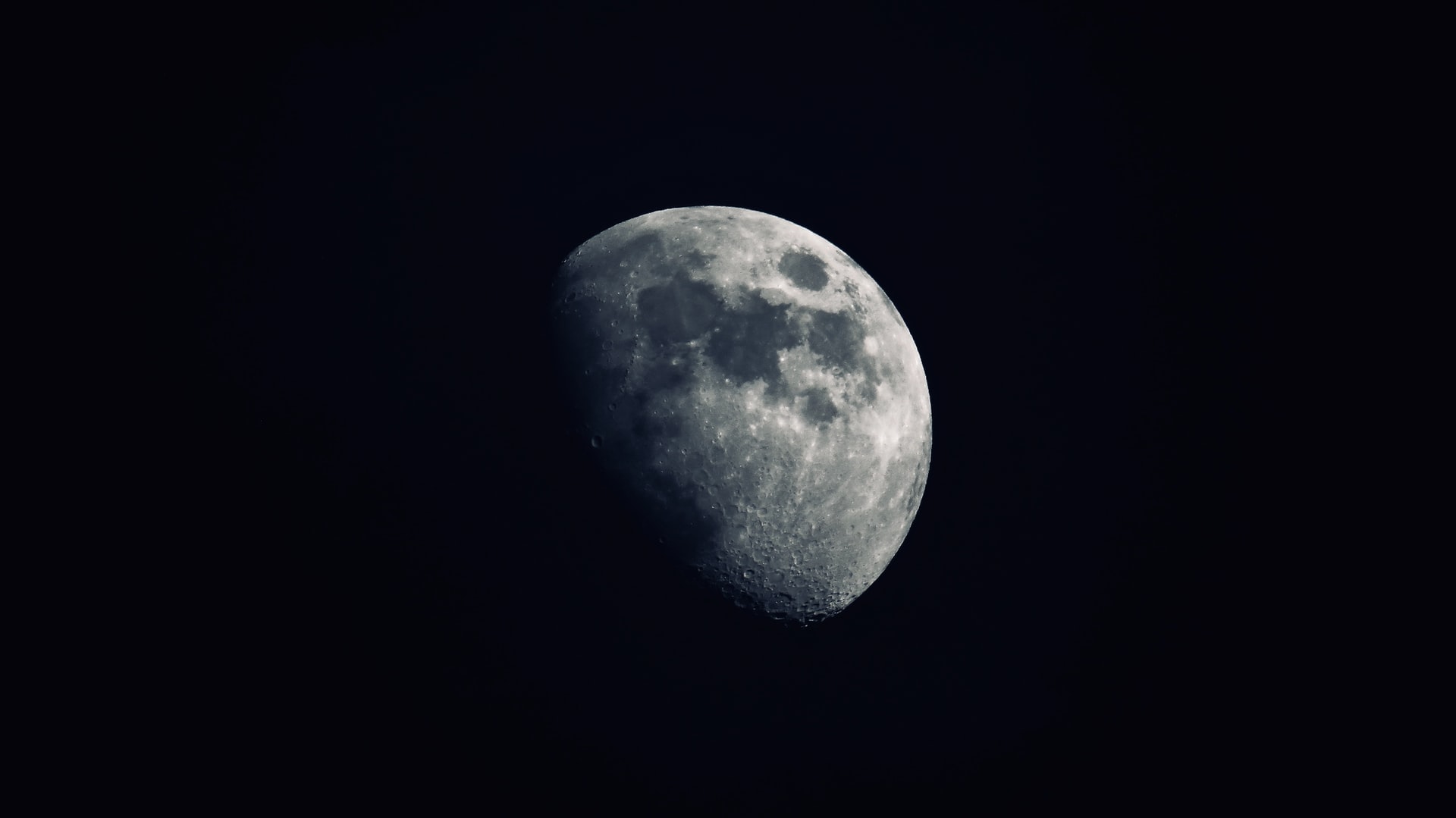
We know that a lot of y’all would be over the moon (pun intended) when it is announced that the following day is Raya.
Well, speaking of the moon, we’d like to draw attention to the moon sighting process – which is basically how the decision of when Syawal starts is made. It is a great reminder of what a mesmerising universe we live in!
(Falak essentially refers to the study of astronomy)
In 2018, he was assigned to the Falak Unit under the Fatwa Division at the Office of the Federal Territories Mufti.
The unit is in charge of figuring out the qiblah direction (that is the direction of the Kaaba in Mecca toward which Muslims face when they pray) in the Federal Territories.
They hold the responsibility to prepare the yearly prayer calendar for the Federal Territories, conduct the process of moon sighting to determine the beginning of the Islamic months and answer questions related to Islamic astronomy and its practice.
Before we delve deeper into the topic of Islamic moon sighting, these are a few basics you should know to better understand the concept.
If you didn't know this beforehand, well, #NowYouKnowLah.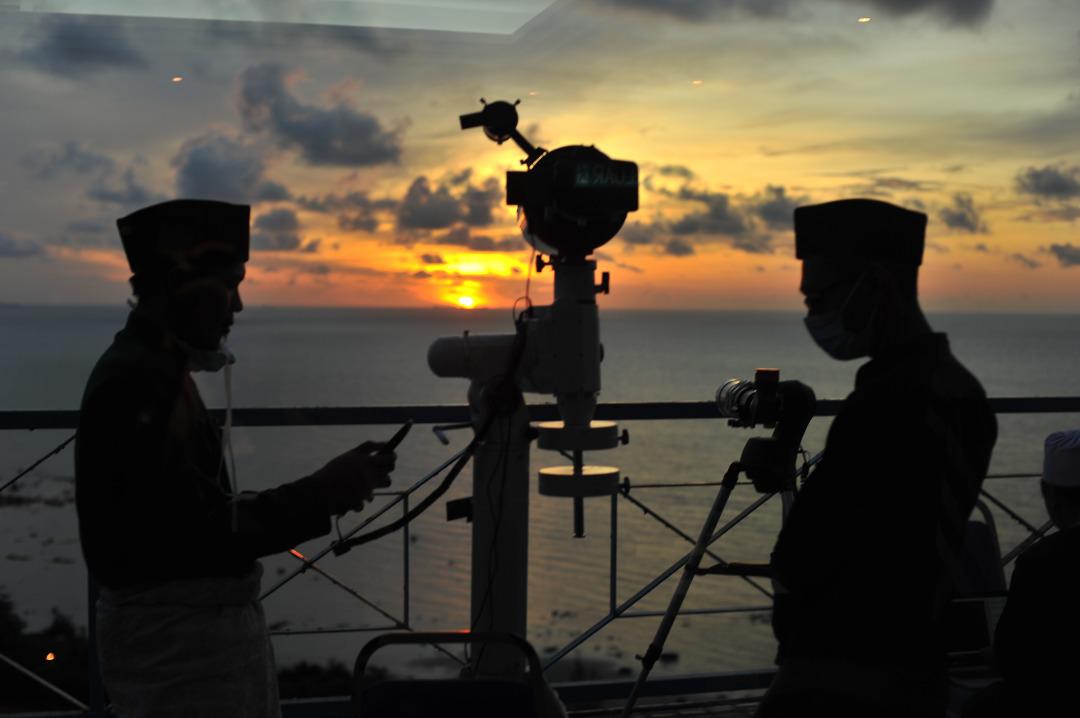
Ramadan, Syawal and Zulhijjah are important months for Muslims around the world. Ramadan, Aidilfitri and Aidiladha are the respective events that take place.
Hence, the Keeper of the Rulers’ Seal would make an official announcement to declare the start of the months here in Malaysia.
“Usually, the process to determine the start of Ramadan, Syawal and Zulhijjah begin when the Office of the Keeper of the Rulers’ Seal declares the date to sight the new moon which is on the 29 Syaaban, 29 Ramadan and 29 Zulkaedah,” explained Shahril.
The State Mufti Departments would then conduct the sighting process at the official observatory sites throughout Malaysia.
Fun fact: we have a total of 29 of them!
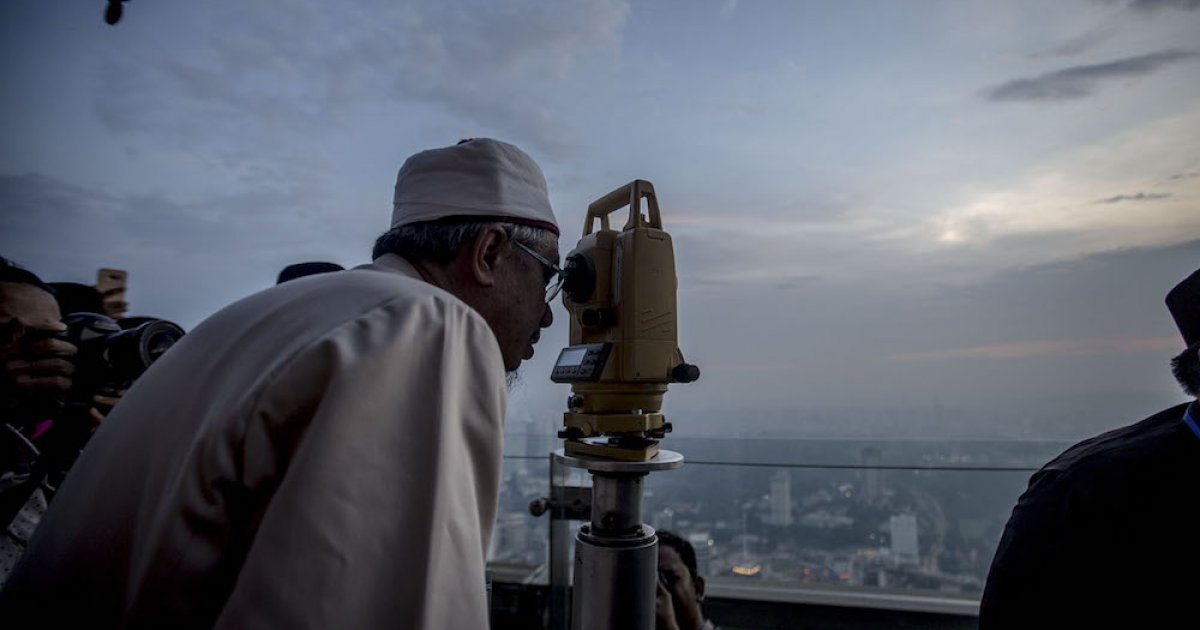
“The moon sighting process takes place on the evening of the 29th day (of Syaaban, Ramadan or Zulkaedah) after the sunset until the time the moon sets and it is witnessed by members of the Moon Sighting Committee of each state.
"Any sighting or absence of the new moon will be reported directly to the secretariat of the Office of the Keeper of the Rulers’ Seal for the declaration of when Ramadan, Syawal or Zulhijjah (respectively) begins,” he further elaborated.
They are:
Rukyah
Rukyah – not to be confused with ruqyah (that is a whole different story) – is a pretty straightforward method. It is the sighting of the new moon using the eyes. It could be done unaided or with the assistance of optical instruments such as the telescope or theodolite. Through this method, the visibility of the new moon is the deciding factor. Weather conditions may affect the outcome. Its visibility marks the start of the new month.
Hisab
Hisab in this context refers to the mathematical and astronomical calculations performed to determine the birth of a new moon. The new moon is considered visible or otherwise based on certain criteria of the calculations. Its visibility marks the start of the new month.
Combination of rukyah and hisab
Malaysia today practices the combination of the two methods in accordance with the criteria of ‘possibility of sighting’, which is called Imkanur Rukyah.
The criteria of Imkanur Rukyah are as follows:
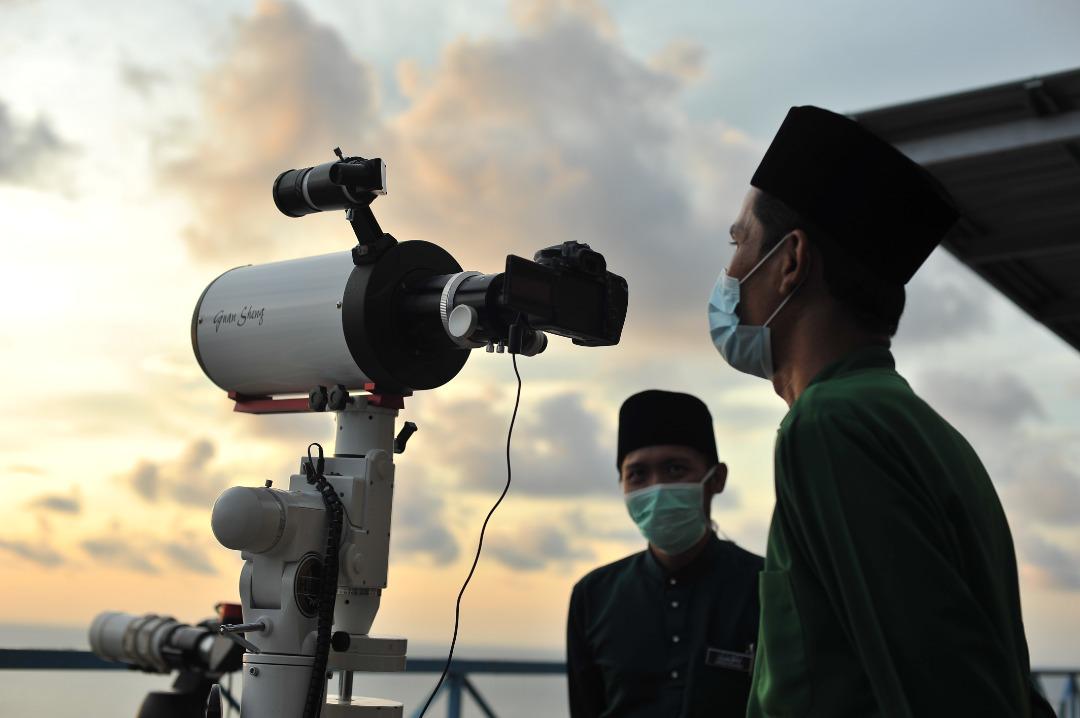
The moon sighting process has evolved along with the rapid technological advancements.
Today, there exist various techniques to identify a young moon to determine the new month including the filtering of the sunray to see the young moon.
We were told that the procedure to determine these significant months is all the same. It is also worth noting that the moon sighting process is not exclusive to only these three months.
Every State Mufti Department carries out the sighting of the Moon every month throughout the Islamic year.
“This is to record the hilal (new moon) sightings throughout the year. It will be used to update the criteria of the Imkanur Rukyah, which acts as a condition of the appearance of the new moon,” stated Shahrul.

We also learnt that one of the most challenging parts for the officials is to identify the position of the new moon as well as confirming that the object sighted is, in fact, the new moon and not other objects that may look like one.
This year’s Ramadan saw an official from the Office of the Federal Territories Mufti making the record for the youngest new moon sighted in Malaysia. It was eight hours and 15 minutes old.
Pretty interesting, right?

The other 26 sites are located in other states with each state having at least one official site.
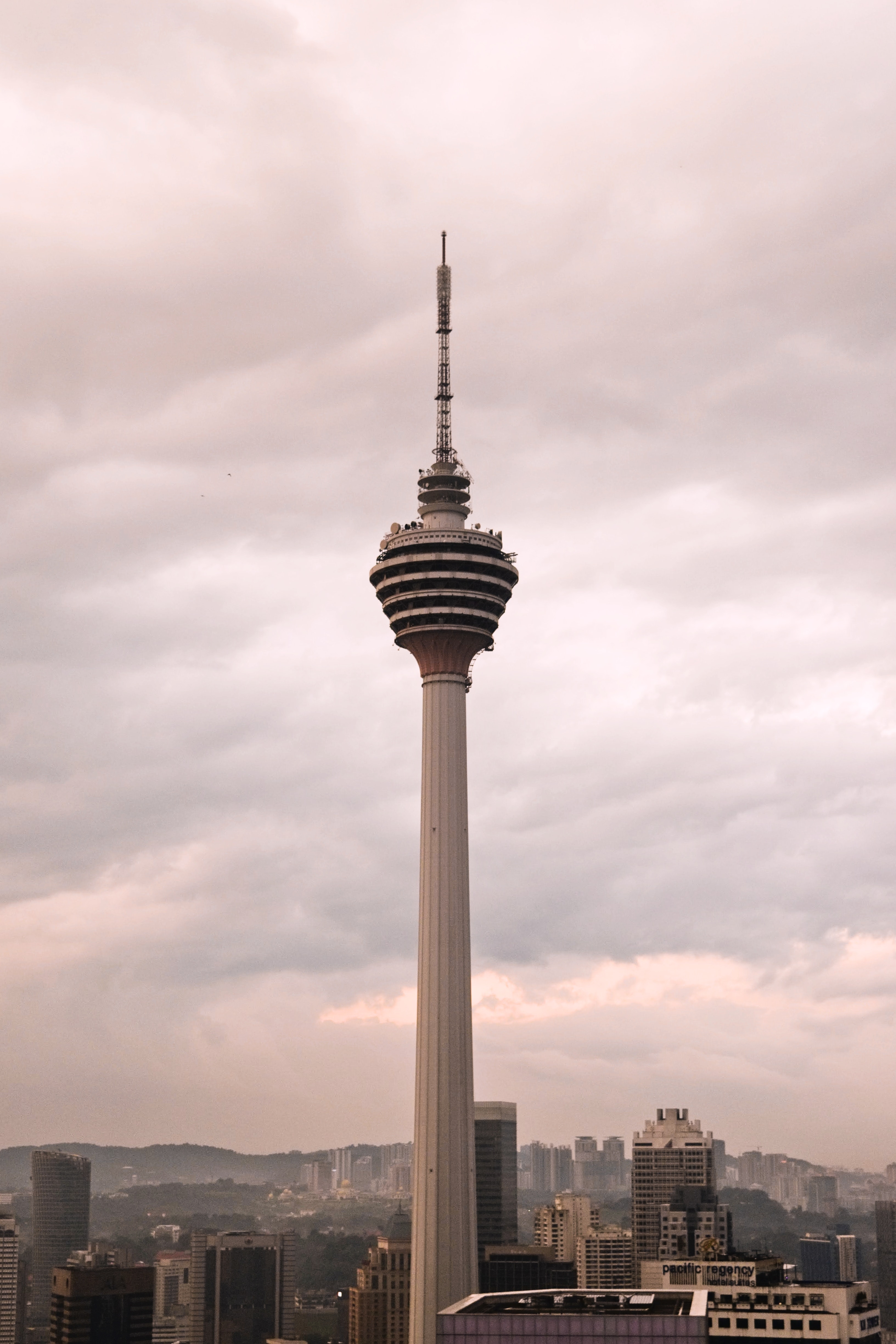
“These locations are selected based on several criteria such as the lack of light pollution, upland or by the sea where the horizon of the sunset is visible and the new moon had been sighted at the location.
"The location selection is usually determined based on a feasibility study conducted with relevant agencies such as the Department of Survey and Mapping Malaysia,” said Shahril.
They also have data calculations that cover the position schedule of the Moon and the Sun. Such information would be helpful to the observers on the day the sighting is conducted.
“In our country, the responsibility has been delegated to the State Mufti Department and is to be executed by the religious officials and committee who are appointed in each state to present a conclusive and unambiguous result,” mentioned Shahril.
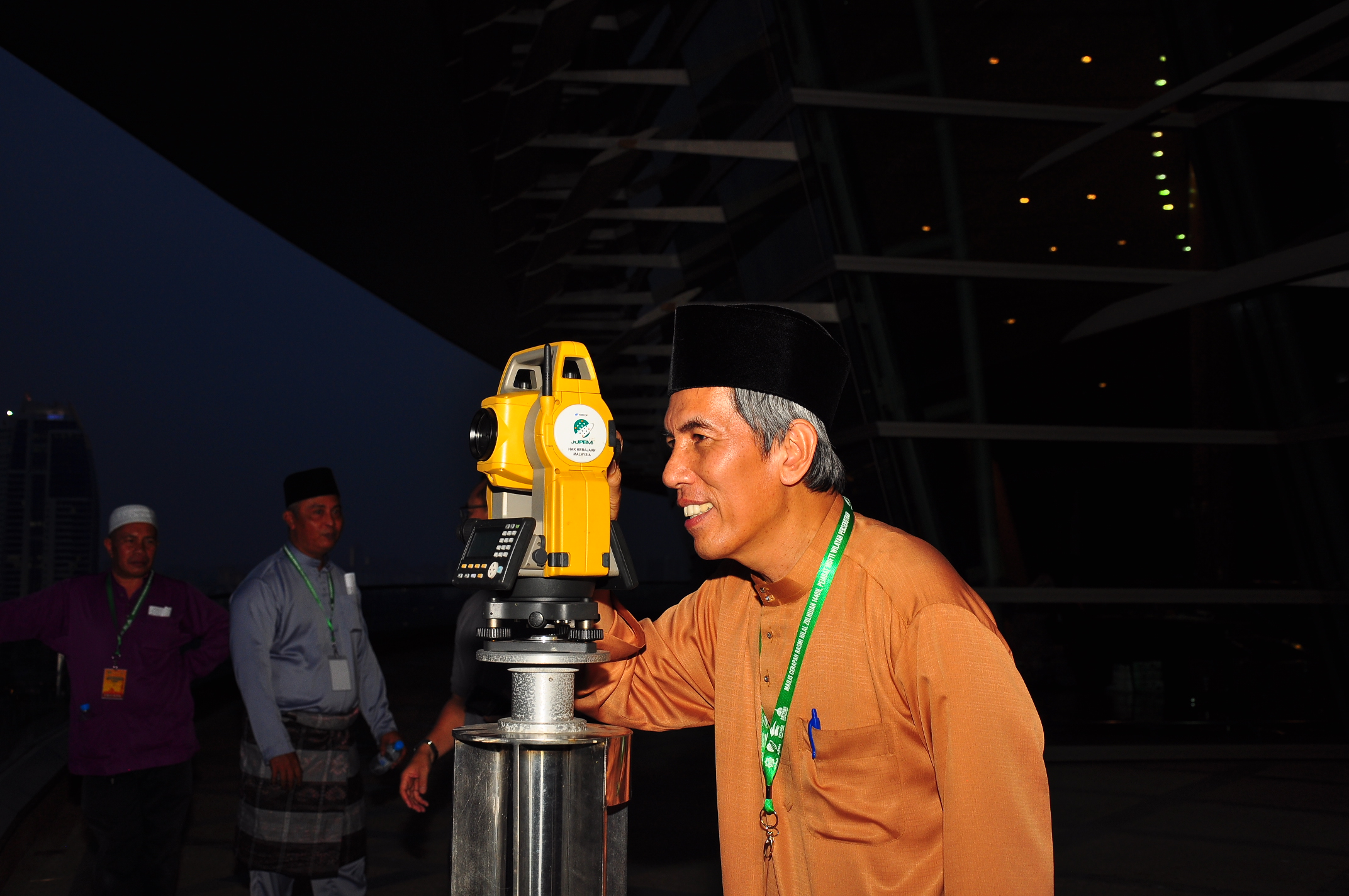
The individuals responsible for sighting the new moon in the Federal Territories are the Federal Territory Mufti and members of the Moon Sighting Committee who are appointed by the Yang di-Pertuan Agong.
The Mufti is responsible for assisting and advising the Yang di-Pertuan Agong in all matters of the Islamic law. This includes reporting of the sighting of the new moon for Ramadan, Syawal and Zulhijjah.
While you could make use of that telescope set you have at home for this purpose, your findings are not superior to those appointed for the task. As official witnesses, they do carry a big responsibility.
One of them is because of the difference in the method adopted by each country’s administrator.

Besides that, the geographical location of a country and the phases of the moon also affect the sighting of the new moon across the world.
For example, when it is seen from our country, the phase of the moon may be eight hours old. But by the time it reaches Saudi Arabia, it would have been 13 hours old, making the possibility of sighting the new moon higher.
The process behind the decision is simply fascinating, right?
Now that's out of the way, we at Rojak Daily would like to wish all of our Muslim readers out there a Selamat Hari Raya!
The atmosphere created over that one big question is simply amusing.
Some families take it up a notch by getting everyone to guess beforehand the colour of the baju Melayu that the Keeper of the Rulers’ Seal would be wearing during the announcement, just for the fun of it!

We know that a lot of y’all would be over the moon (pun intended) when it is announced that the following day is Raya.
Well, speaking of the moon, we’d like to draw attention to the moon sighting process – which is basically how the decision of when Syawal starts is made. It is a great reminder of what a mesmerising universe we live in!
Meet the officer
Shahril Azwan Hussin has been involved with the Falak Unit for almost 12 years now, starting his career at the Department of Islamic Development Malaysia’s Research Division.(Falak essentially refers to the study of astronomy)
In 2018, he was assigned to the Falak Unit under the Fatwa Division at the Office of the Federal Territories Mufti.
The unit is in charge of figuring out the qiblah direction (that is the direction of the Kaaba in Mecca toward which Muslims face when they pray) in the Federal Territories.
They hold the responsibility to prepare the yearly prayer calendar for the Federal Territories, conduct the process of moon sighting to determine the beginning of the Islamic months and answer questions related to Islamic astronomy and its practice.
But first, the basics

Before we delve deeper into the topic of Islamic moon sighting, these are a few basics you should know to better understand the concept.
- The Islamic calendar, also known as the Hijri, is based on the lunar system, which is basically the moon!
- There are 12 months in the Islamic calendar
- A new day, according to the Islamic calendar, starts after Maghrib that is after the sunset
- A new moon refers to the thin crescent that appears after the Moon’s conjunction (in other words, alignment) with the Sun. The Moon is positioned between the Earth and the Sun. This marks the start of a new lunar cycle
- The moon age basically indicates how many hours or days old the moon is from the time it was a new moon
If you didn't know this beforehand, well, #NowYouKnowLah.
To the moon and back

Ramadan, Syawal and Zulhijjah are important months for Muslims around the world. Ramadan, Aidilfitri and Aidiladha are the respective events that take place.
Hence, the Keeper of the Rulers’ Seal would make an official announcement to declare the start of the months here in Malaysia.
“Usually, the process to determine the start of Ramadan, Syawal and Zulhijjah begin when the Office of the Keeper of the Rulers’ Seal declares the date to sight the new moon which is on the 29 Syaaban, 29 Ramadan and 29 Zulkaedah,” explained Shahril.
The State Mufti Departments would then conduct the sighting process at the official observatory sites throughout Malaysia.
Fun fact: we have a total of 29 of them!

“The moon sighting process takes place on the evening of the 29th day (of Syaaban, Ramadan or Zulkaedah) after the sunset until the time the moon sets and it is witnessed by members of the Moon Sighting Committee of each state.
"Any sighting or absence of the new moon will be reported directly to the secretariat of the Office of the Keeper of the Rulers’ Seal for the declaration of when Ramadan, Syawal or Zulhijjah (respectively) begins,” he further elaborated.
The different methods used
When it comes to moon spotting, there's no one-size-fits-all method. In fact, there are three different methods practised across the Islamic world to determine when Ramadan, Syawal and Zulhijjah begin.They are:
Rukyah
Rukyah – not to be confused with ruqyah (that is a whole different story) – is a pretty straightforward method. It is the sighting of the new moon using the eyes. It could be done unaided or with the assistance of optical instruments such as the telescope or theodolite. Through this method, the visibility of the new moon is the deciding factor. Weather conditions may affect the outcome. Its visibility marks the start of the new month.
Hisab
Hisab in this context refers to the mathematical and astronomical calculations performed to determine the birth of a new moon. The new moon is considered visible or otherwise based on certain criteria of the calculations. Its visibility marks the start of the new month.
Combination of rukyah and hisab
Malaysia today practices the combination of the two methods in accordance with the criteria of ‘possibility of sighting’, which is called Imkanur Rukyah.
The criteria of Imkanur Rukyah are as follows:
- The altitude of the new moon at sunset is more than two degrees above the horizon and the curving distance from the Moon to the Sun is no less than three degrees
- At the time it sets, the new moon must have aged for a minimum of eight hours

The moon sighting process has evolved along with the rapid technological advancements.
Today, there exist various techniques to identify a young moon to determine the new month including the filtering of the sunray to see the young moon.
We were told that the procedure to determine these significant months is all the same. It is also worth noting that the moon sighting process is not exclusive to only these three months.
Every State Mufti Department carries out the sighting of the Moon every month throughout the Islamic year.
“This is to record the hilal (new moon) sightings throughout the year. It will be used to update the criteria of the Imkanur Rukyah, which acts as a condition of the appearance of the new moon,” stated Shahrul.

We also learnt that one of the most challenging parts for the officials is to identify the position of the new moon as well as confirming that the object sighted is, in fact, the new moon and not other objects that may look like one.
This year’s Ramadan saw an official from the Office of the Federal Territories Mufti making the record for the youngest new moon sighted in Malaysia. It was eight hours and 15 minutes old.
Pretty interesting, right?

Location, location, location…
The three official sites for moon sighting in the Federal Territories are at the Kuala Lumpur Tower, Putrajaya International Convention Centre and Universiti of Malaysia Sabah Labuan International Campus.The other 26 sites are located in other states with each state having at least one official site.

“These locations are selected based on several criteria such as the lack of light pollution, upland or by the sea where the horizon of the sunset is visible and the new moon had been sighted at the location.
"The location selection is usually determined based on a feasibility study conducted with relevant agencies such as the Department of Survey and Mapping Malaysia,” said Shahril.
Bring in the equipment
In the past, the moon sighting process would be performed with bare eyes, without the help of any optical instrument. These days, however, they have the advantage of using the telescopes, theodolites, DSLR cameras and binoculars.They also have data calculations that cover the position schedule of the Moon and the Sun. Such information would be helpful to the observers on the day the sighting is conducted.
“In our country, the responsibility has been delegated to the State Mufti Department and is to be executed by the religious officials and committee who are appointed in each state to present a conclusive and unambiguous result,” mentioned Shahril.

The individuals responsible for sighting the new moon in the Federal Territories are the Federal Territory Mufti and members of the Moon Sighting Committee who are appointed by the Yang di-Pertuan Agong.
The Mufti is responsible for assisting and advising the Yang di-Pertuan Agong in all matters of the Islamic law. This includes reporting of the sighting of the new moon for Ramadan, Syawal and Zulhijjah.
While you could make use of that telescope set you have at home for this purpose, your findings are not superior to those appointed for the task. As official witnesses, they do carry a big responsibility.
Why the difference, though?
In case you’re wondering why the start of the Islamic months may differ from one country to another, well, there are several different reasons for it.One of them is because of the difference in the method adopted by each country’s administrator.

Besides that, the geographical location of a country and the phases of the moon also affect the sighting of the new moon across the world.
For example, when it is seen from our country, the phase of the moon may be eight hours old. But by the time it reaches Saudi Arabia, it would have been 13 hours old, making the possibility of sighting the new moon higher.
The moon sighting, explained
With the enlightenment, we have a newfound appreciation for the Ramadan and Raya announcements!The process behind the decision is simply fascinating, right?
Now that's out of the way, we at Rojak Daily would like to wish all of our Muslim readers out there a Selamat Hari Raya!






